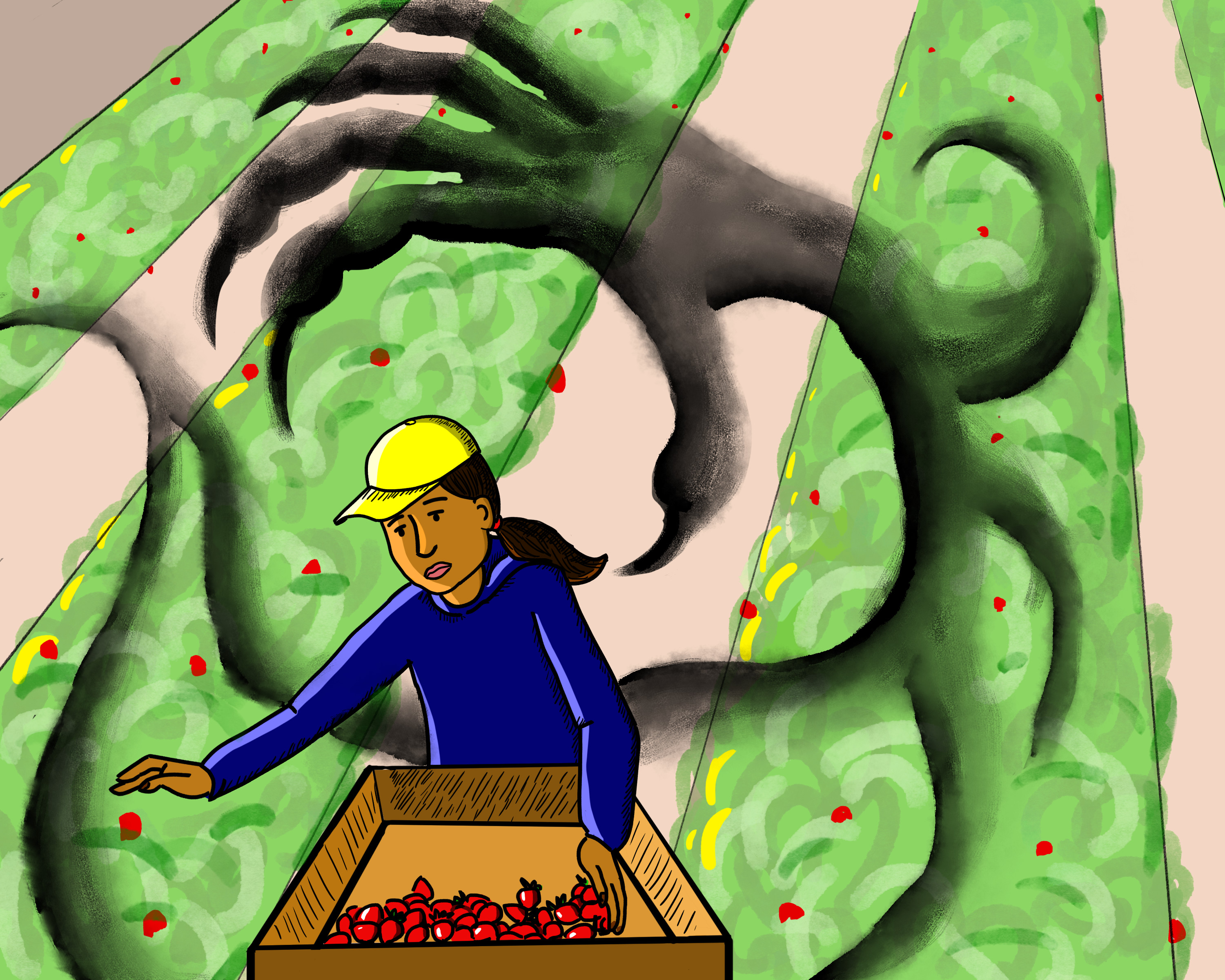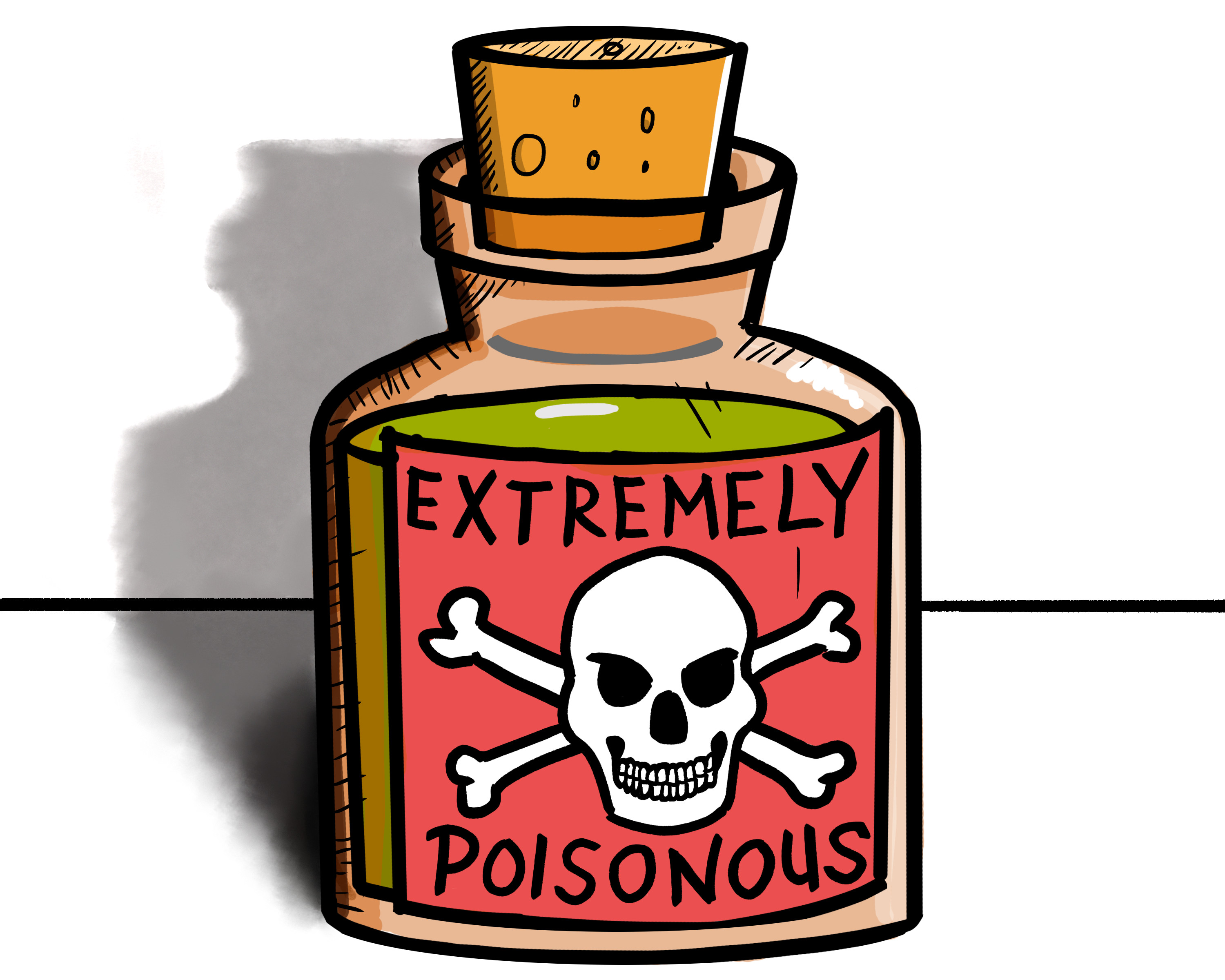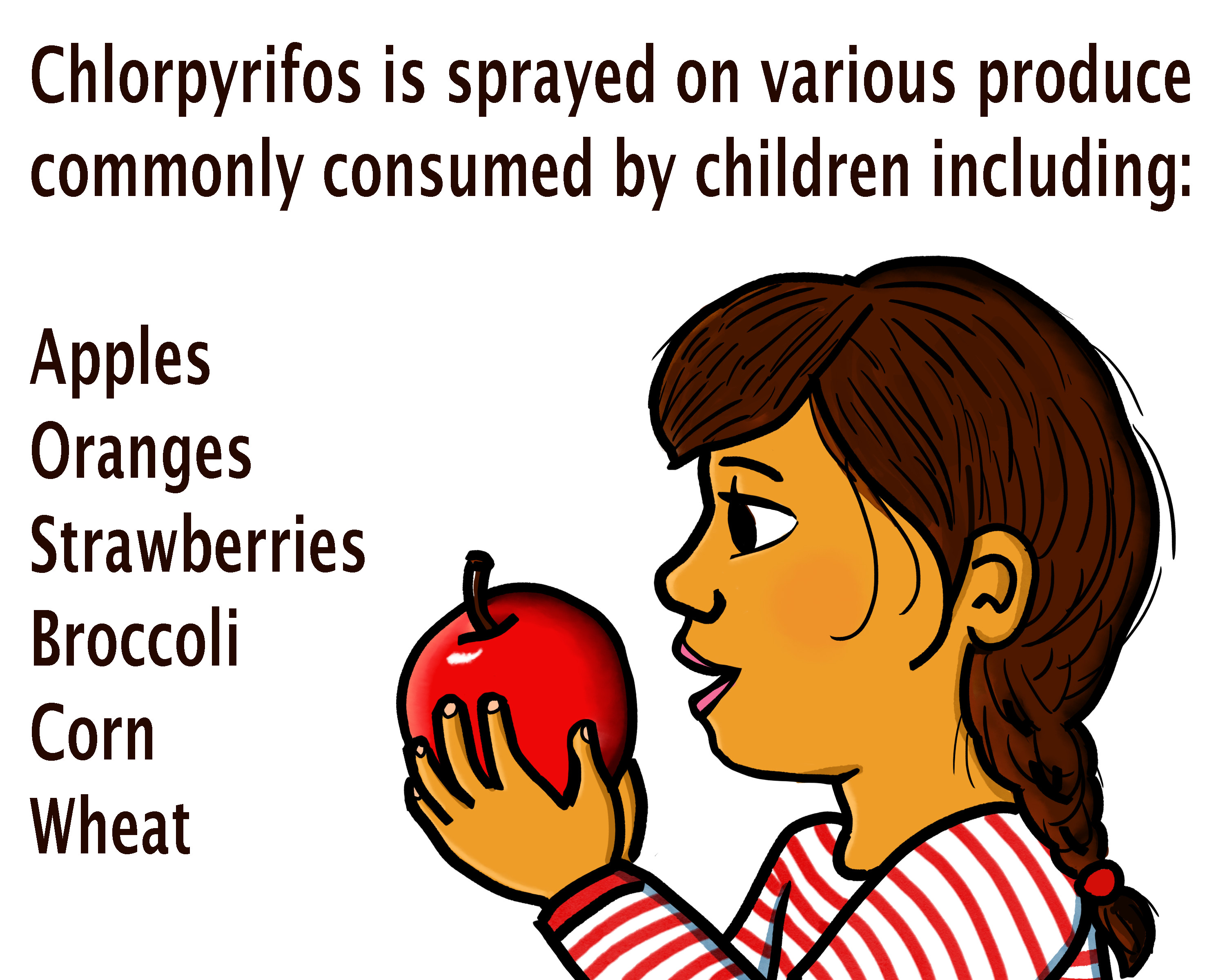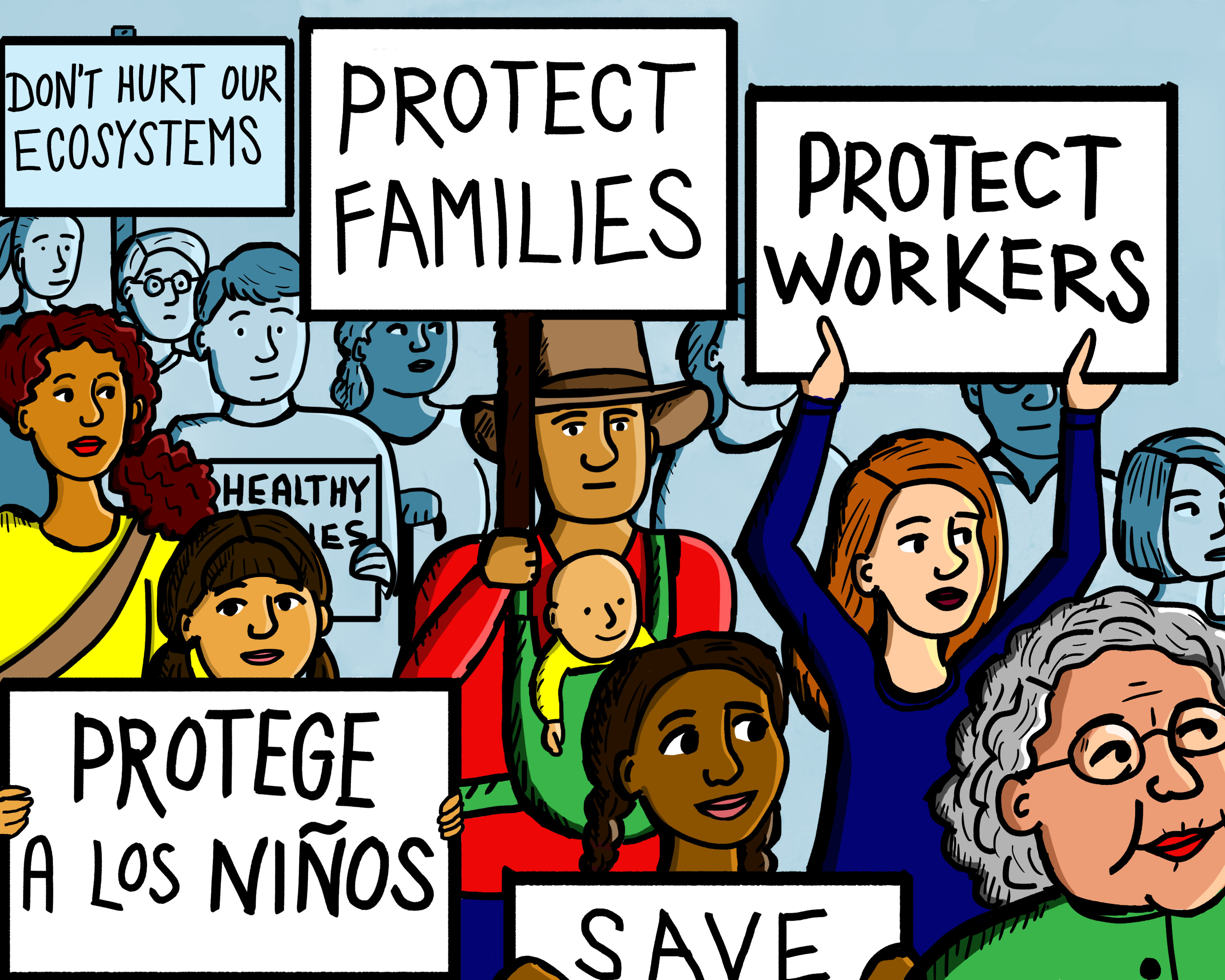The Trump Administration says a society should be judged by how it treats its most vulnerable people. By that metric, we should judge the Administration’s embrace of pesticides that cause mental damage to infants and debilitate farmworkers very harshly.

The pesticide chlorpyrifos can be extremely dangerous to human beings, including farmworkers and their families.
The EPA’s new Administrator, Scott Pruitt – a faithful friend to the toxic chemical industry – has decided a pesticide so dangerous that it damages children’s brain development should remain in use for years to come. Despite conclusions from the EPA’s own scientists that the pesticide chlorpyrifos is severely dangerous to children and farmworkers, the campaign donations of Dow Chemical’s CEO apparently convinced Pruitt that Dow’s toxic pesticide is safe enough for widespread use.
In the face of EPA’s inaction, various states are calling for the ban of this pesticide, and legislators on Capitol Hill are pushing for laws that would ban chlorpyrifos outright. People in the U.S. can urge their Congressional representatives to support this legislation, and can tell Pruitt and his friends at Dow that we want the EPA to ban pesticides that hurt children and workers.
A Little History on a Toxic Pesticide:

Chlorpyrifos is derivative of chemical substances that Nazis used as neurotoxins.
Chlorpyrifos is a derivative of chemical substances so strong that Nazis used them as neurotoxins in World War II. Chlorpyrifos was registered as an insecticide in 1965, but over the next two decades, books like Rachel Carson’s Silent Spring exposed the threat of widespread pesticide use to the public. In 1995, the EPA fined Dow Chemical for $732,000 for concealing hundreds of reports of poisonings connected to chlorpyrifos. In 2000, the EPA acknowledged that chlorpyrifos carried serious health risks and banned its use in households.
This, however, was far from the end for the toxic chemical. The pesticide has continued to arrive in homes on a daily basis in the form of fruit and vegetables— chlorpyrifos continues to be the most heavily-used insecticide by the U.S. agricultural industry. Children around the country eat contaminated food in products like corn, apples, and strawberries. Moreover, agricultural workers and communities living near treated farms are exposed to high quantities daily.
At the end of 2016, under mounting pressure from the public including environmental, worker rights, and children’s rights organizations, EPA staff completed a review of large amounts of scientific evidence and concluded that there was no safe use for chlorpyrifos, even in small quantities, and that the pesticide should be banned. However, in March 2017, Scott Pruitt ignored his own agency’s findings, stating that mountains of scientific evidence against chlorpyrifos were not strong enough, and that the pesticide would remain in use for years to come.
Threats to Communities

Chlorpyrifos has been linked to major developmental disorders in children.
Extensive research has show the damage that chlorpyrifos has on communities—particularly children, whose brains are developing and whose smaller bodies make them exposed to the chemical in higher concentrations, and farmworkers, who often have to handle the toxin on a regular basis.
A wide range of research indicates that chlorpyrifos can devastatingly and irreversibly harm the brains of children, including children whose mothers were exposed while pregnant. A child’s development in the womb, as well as the first two years of a child’s life, are critical for the establishment of a healthy, fully-functioning brain. Neurotoxins like chlorpyrifos, by definition, are poisons that act on the nervous system of organisms and disrupt the function of cells. Studies indicate that chlorpyrifos appeared to physically alter the brains of children whose mothers were exposed when the children were in the womb. There is strong evidence that links chlorpyrifos exposure to various developmental disorders including lower IQ, autism, ADHD, memory loss, and body tremors. Children who eat treated produce are also at risk because they consume high amounts relative to their weight. Shockingly, EPA’s own 2016 assessment found that chlorpyrifos residues on food can be 140-times the amount considered acceptable for children ages 1-2 years.
Farmworkers are also particularly vulnerable to the threats of chlorpyrifos. High exposure to the chemicals can cause sickness, convulsions, and even death, yet farmworkers are frequently exposed to high volumes of the pesticide in the process of mixing the spray, handling and applying it, and being in fields where it was applied. Communities near treated farms are also at risk, as “buffer zones” between schools, day cares, and homes and sites of aerial spraying can be as small as 10 feet wide. Farm workers and families directly exposed to chlorpyrifos are disproportionately low-income and communities of color, a clear example of environmental racism.
The widespread use of chlorpyrifos even threatens plants and species that the pesticide reaches through various pathways, including agricultural runoff and direct ingestion. In 2016, the EPA’s own findings determined that chlorpyrifos threatened 97 percent of the country’s endangered species.
Although some families in the U.S. can take efforts to inoculate themselves from the toxic reach of chlorpyrifos by purchasing organic fruit and vegetables, this does not protect communities who cannot afford and do not have access to organic produce. It does not protect children and families living near sprayed agricultural areas, farmers, and farmworkers— having access to non-poisonous produce should not be dependent on income or address. And it does not protect the myriad of species that are also poisoned by this pesticide.
Conclusion

Across the country, communities, NGOs, legislators, and states are calling for the ban of chlorpyrifos.
Scott Pruitt’s support for toxic substances against the EPA staff’s own advice is hardly restricted to chlorpyrifos. Pruitt set a new EPA record for the largest rollback of environmental protections over an incoming Administrator’s first few months. In the weeks before Pruitt’s chlorpyrifos decision, he promised pro-chlorpyrifos industry executives “a new day, and a new future.” As a climate change denier who spent much of his career trying to fight the EPA’s right to protect the public, Pruitt’s embrace of a Dow Chemical substance that impairs children’s brain development may not come as a surprise, but it is not something that the public should accept.
While Administrations often take contrasting routes from their predecessors, some values are too important to politicize. Both Republicans and Democrats say that is society’s duty to care for its most vulnerable members. It’s time to prove that by banning the substance that is harming this nation’s children.